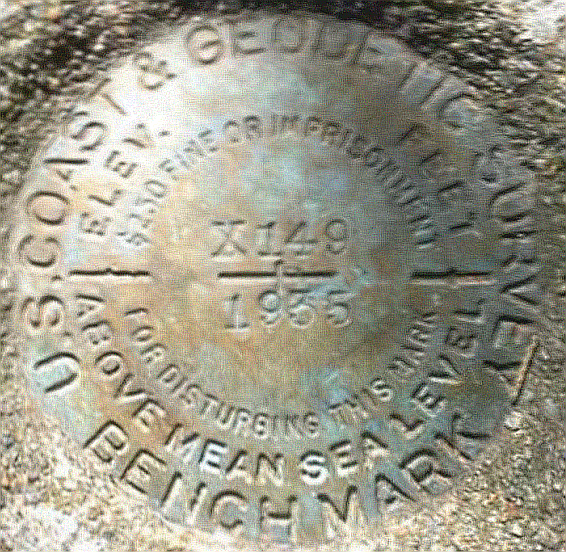Cyclosilicates: Beautiful Gemstones of Technological Interest
[caption id="attachment_23902" align="alignright" width="440"] Aquamarine cyclosilicate. Image by Vassil[/caption] Straight-chain silicates are common in nature. The anionic or negative portion of the silicates consists of silicon and oxygen, sometimes in conjunction with metals Thus there are aluminosilicates, magnesium silicates, and ferrosilicates. Sodium silicate, one of the most common examples, is simply, Na2SiO3. In its anhydrous form, sodium silicate adopts a tetrahedrally-linked polymeric form. Most silicates are not cyclic. Yet, the most beautiful silicates in the world – the most beautiful gemstones – are cyclosilicates. Interestingly, it is the technological beauty of these silicates that has been turning heads. It may be that the most beautiful thing about cyclosilicates is their hole. What Are Cyclosilicates? Cyclosilicates have the same tetrahedral linkage as other silicates, but in their case, the chain ends…

